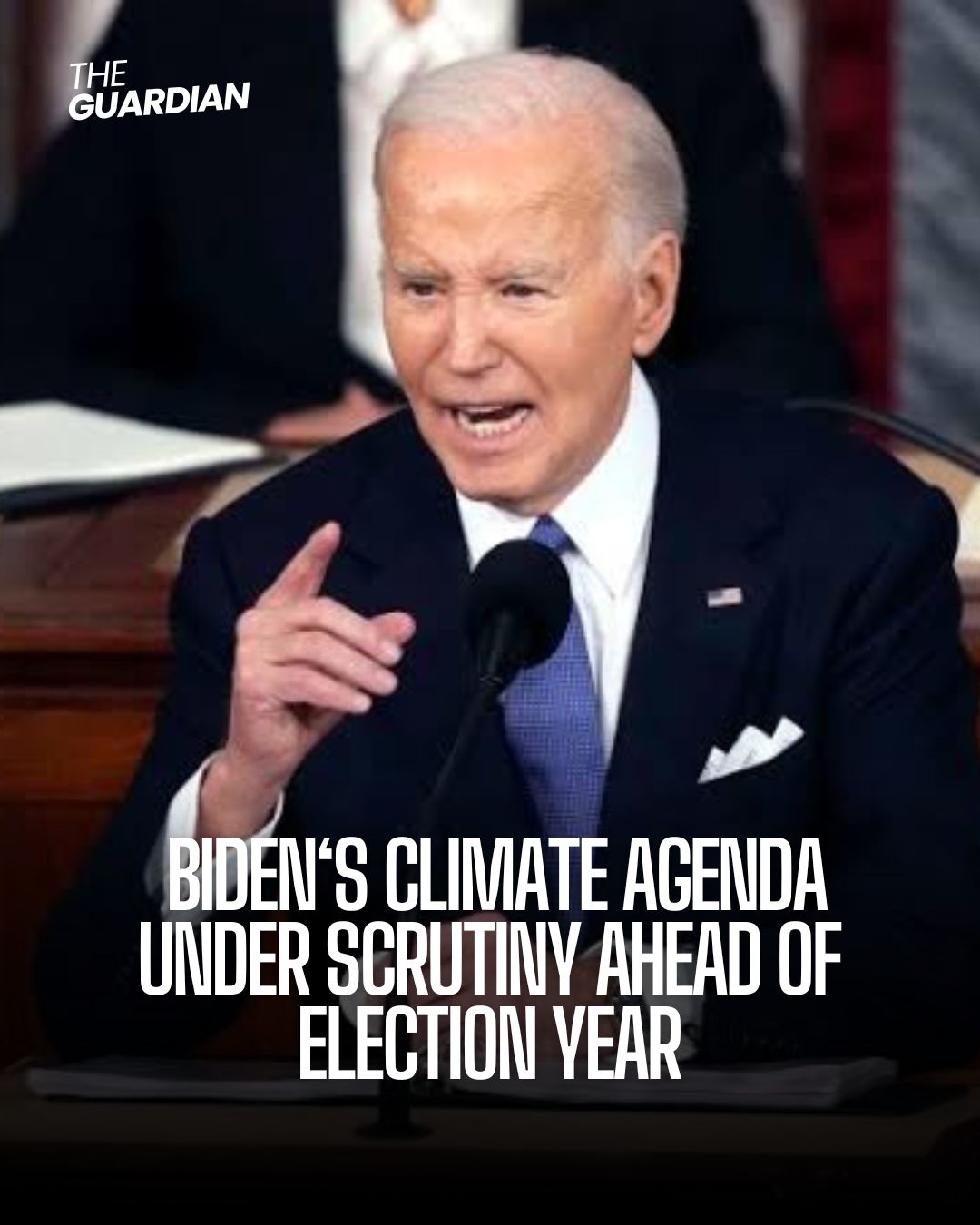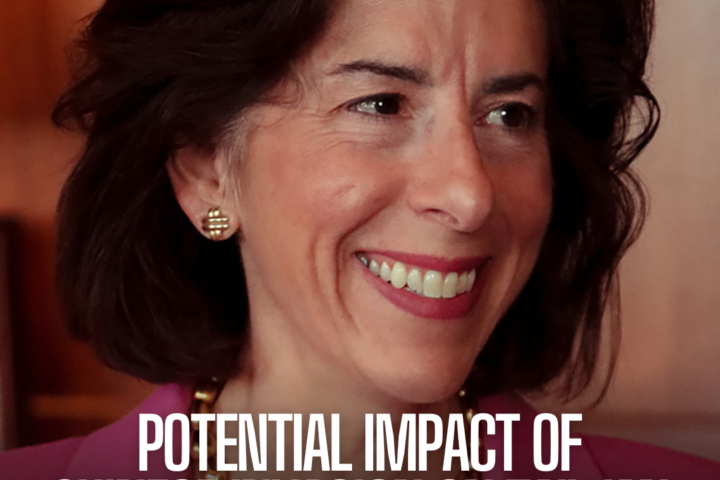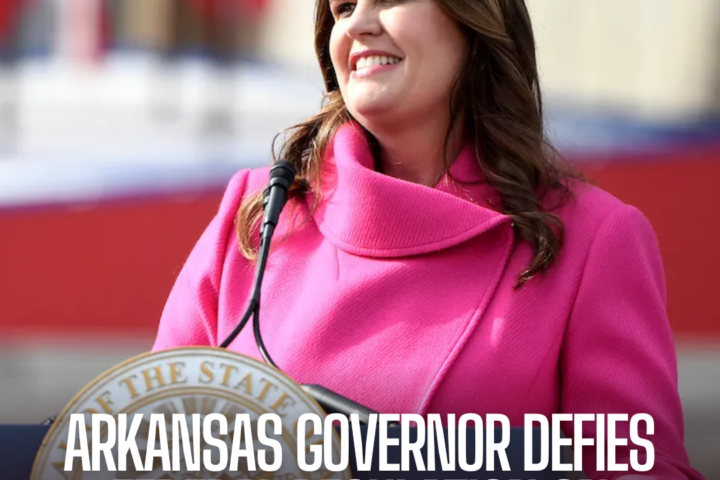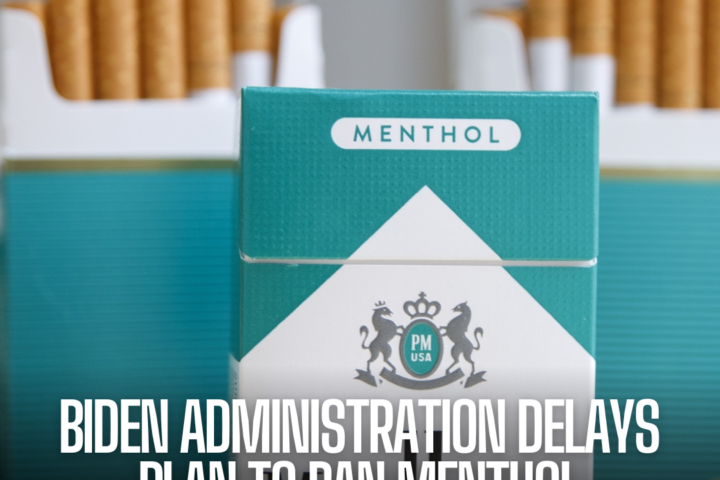After delaying plans for pollution laws, Biden is trying to keep progressives onboard while demanding to swing state voters.
Introduction:
Joe Biden, often hailed as the United States’ first climate-focused president, is facing criticism for the apparent weakening of his key plans to combat climate change.
As the country gears up for a contentious election year, the administration’s priorities appear to be shifting, raising concerns about the urgency of addressing the climate crisis.
State of the Union Address:
In his recent state of the union speech, President Biden emphasized his administration’s commitment to addressing the climate crisis, citing various climate-friendly policies and achievements.
Despite touting significant climate action, the administration’s recent decisions suggest a different narrative.
EPA Regulation Delay:
The Environmental Protection Agency’s decision to delay regulations aimed at reducing emissions from gas power plants signals a setback in Biden’s climate agenda.
This delay, coupled with the relaxation of requirements for pollution from cars, threatens the administration’s ambitious goal of cutting emissions by half within this decade.
Also read: Boeing under scrutiny for withholding information
Competing Pressures:
President Biden faces a delicate balancing act between appeasing progressive climate activists and courting centrist voters, particularly in swing states.
The ongoing leasing of oil and gas drilling on public lands has drawn criticism from younger, progressive voters, while others prioritize concerns such as inflation and the costs of transitioning to green energy.
Tightrope Walk:
Navigating these competing interests presents a challenge for the Biden administration. While Biden seeks to retain support from younger voters passionate about climate action, he must also appeal to moderate voters focused on consumer issues.
The need to finalize climate-related rules in a timely manner adds further pressure amid the political landscape.
Conclusion:
As the Biden administration navigates the complexities of an election year, the trajectory of its climate agenda remains uncertain.
Balancing the demands of various constituencies while maintaining momentum on climate action poses a formidable challenge.
The outcome will determine the administration’s ability to fulfill its ambitious climate goals and address the urgent threat of global heating.


























